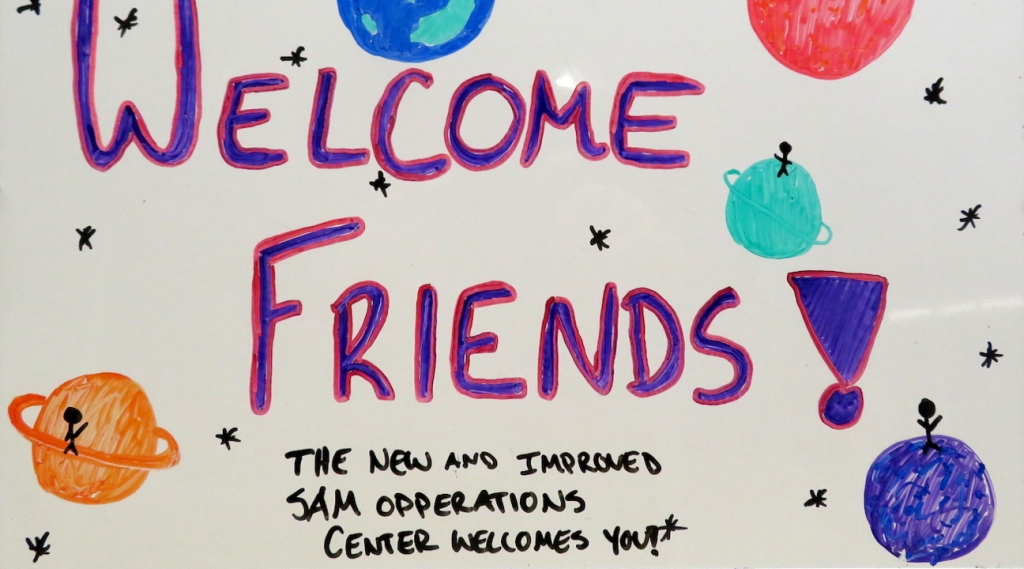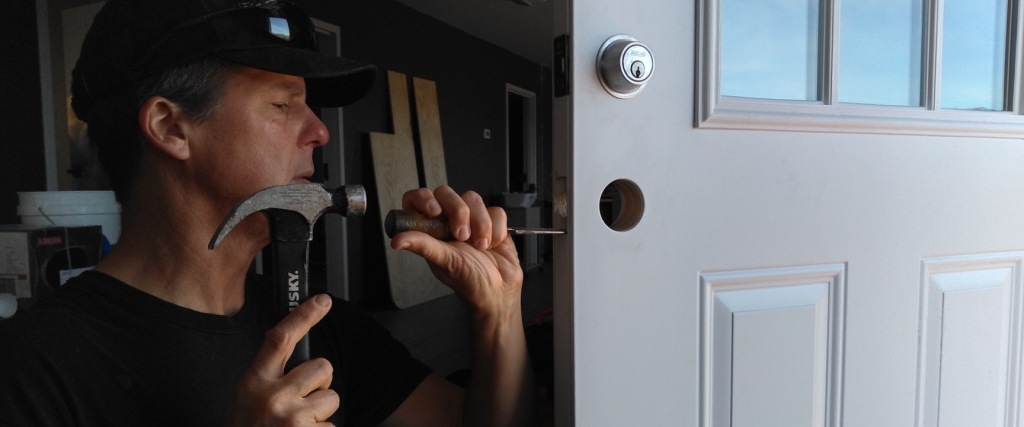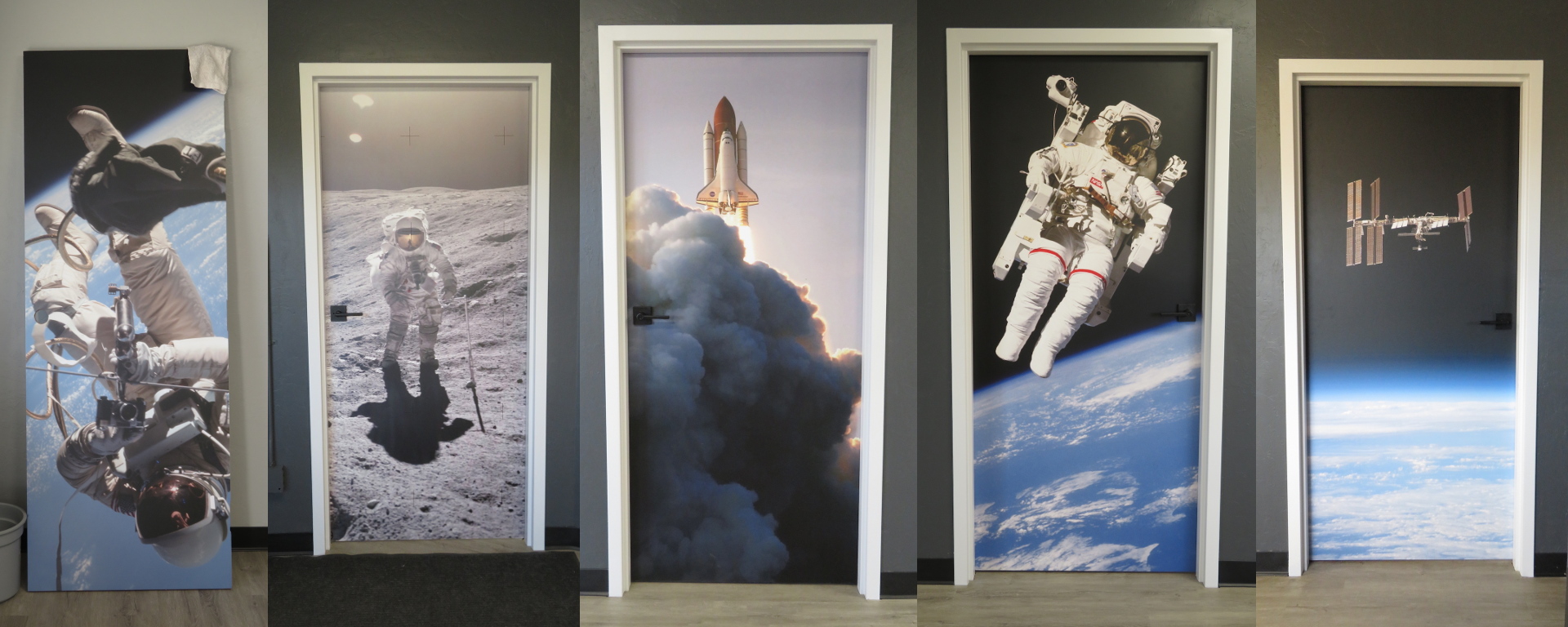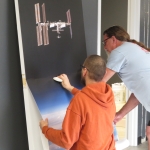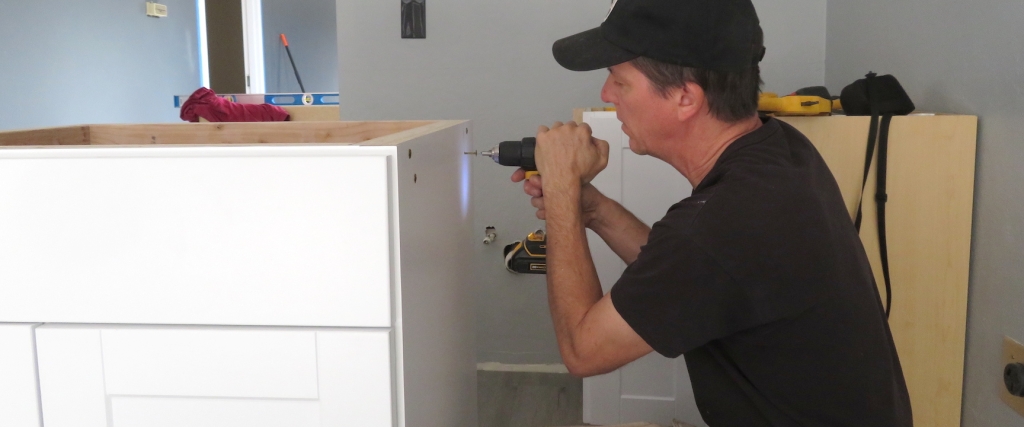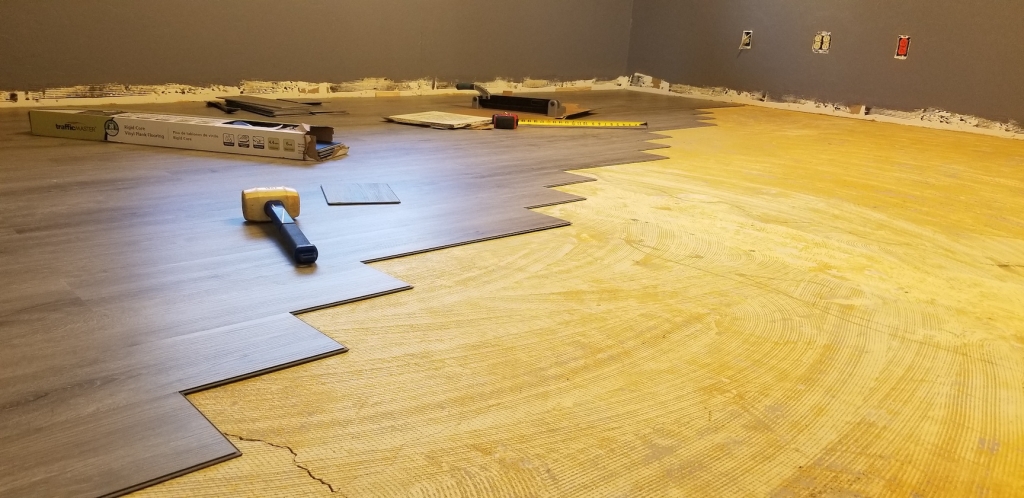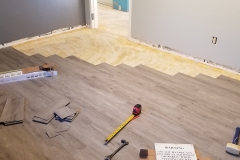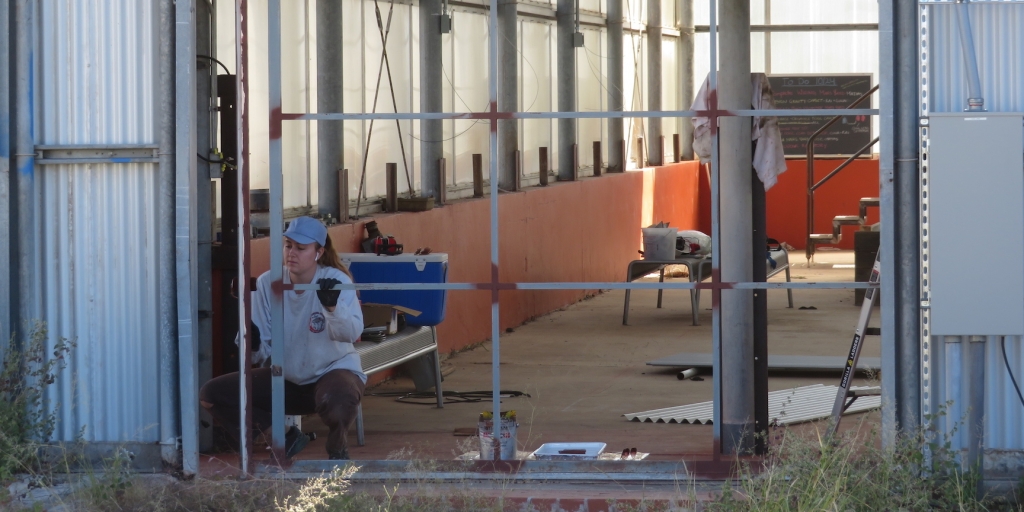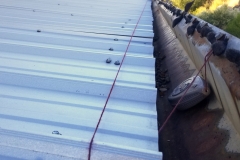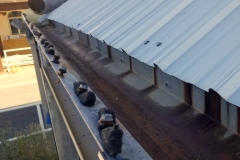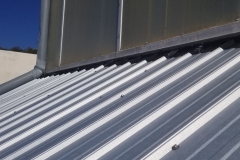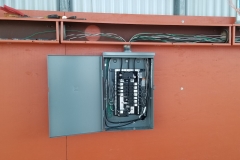Reduced Gravity Simulator Reinstalled
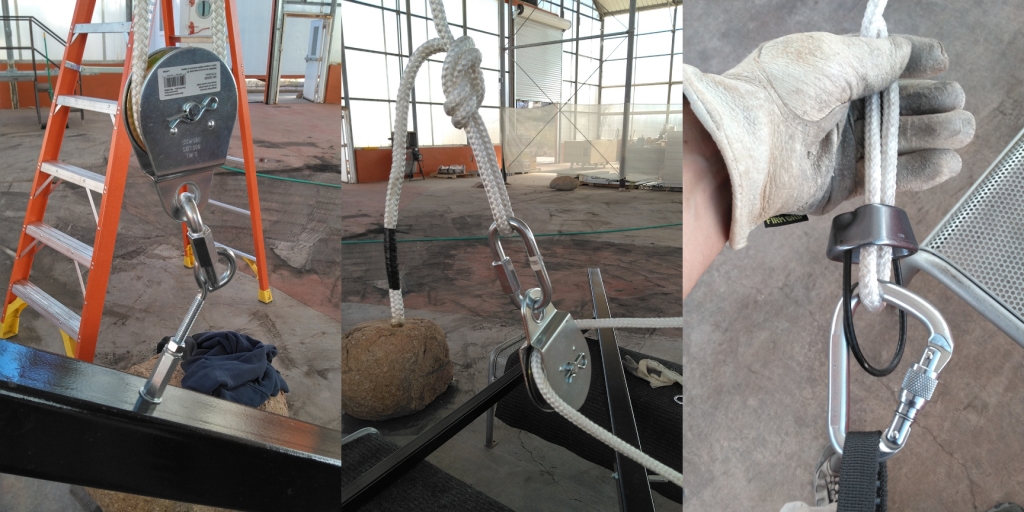
Following the test trolley runs, the Reduced Gravity Simulator was disassembled and taken down for a final coat of paint. Each component was labelled, cleaned, and painted. With the cooler temperatures the paint needed two full days to dry. Matthias, Luna, and Kai developed a system to lift the massive armatures to their higher, final position.
Following a full day of removing the basalt (simulated Mars regolith) by Matthias and Luna, each took turns tossing a pull line over the Mars yard roof support structure (we won’t mention the number of tosses required), then pulling a 600lbs nylon line over. With two pulleys for a 2:1 block and tackle lift, Kai used his climbing harness and belay device to hold the armatures steady between lifts by Matthias and Luna.
Once at the height of the small angle iron shelf already secured to the building support beams, the top and bottom U bolts were fastened. As with the first, lower position, aligning the ends of the armatures was relatively simple. Using the nuts on the U bolts themselves, the armatures were moved with a high degree of accuracy, to within 1/8th of an inch tip to tip.
The four sections of track were replaced, the machine screw holes aligning perfectly.
In this new, higher position, the original test trolley is a bit awkward to sit upon, but remains functional as an overhead system. The first gravity-offload will be built and tested soon.


